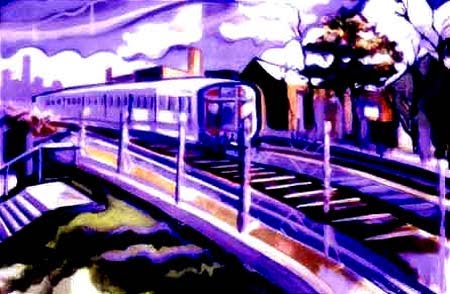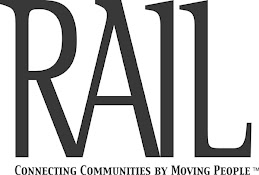 |
| Buffalo Metro Rail's University station |
Subway Networks: Boston, Mass. (1897; 28 stations [11 green] [10 red] [4 blue] [3 orange]); New York, N.Y. * (1904; 231 stations [30 IND 8th Ave] [12 IND Concourse] [14 IND 6th Ave] [25 IND Queens Blvd] [16 IND Fulton St] [13 IND Crosstown] [15 BMT Canarsie] [5 BMT Nassau St] [14 BMT Broadway] [31 IRT Broadway] [10 IRT Eastern Pkwy] [18 IRT Lexington Ave] [2 IRT Jerome Ave] [7 IRT Pelham] [1 IRT White Plains Rd] [3 IRT Flushing] [2 42nd St Shuttle] [4 Rockaway Park Shuttle] [1 Franklin Ave Shuttle] [6 PATH] [2 LIRR/MNRR at Grand Central Terminal, Penn Station]) Philadelphia, Pa. (1907; 44 stations [23 Broad St/Spur] [9 Market-Frankford] [5 PATCO] [5 Trolleys] [2 Regional Rail]); San Francisco, Calif. (1918; 19 stations [10 MUNI] [9 BART]); Newark, N.J. (1935; 6 stations [4 City Subway] [2 PATH]); Chicago, Ill. (1943; 18 stations [9 Red Line] [9 Blue Line]); Toronto, Ont. (1954; 59 stations [26 Yonge/University/Spadina] [28 Bloor Danforth] [5 Sheppard/Yonge]); Cleveland, Ohio (1955; 2 stations – RTA Red Line); Montreal, Quebec (1966; 68 Stations – Montreal Metro, all subway); Washington, D.C. (1976; 47 stations [16 Red Line] [17 Blue Line] [10 Green Line] [4 Orange Line]); Edmonton, AB (1978; 6 stations – ETS); Atlanta, Ga. (1979; 10 stations [6 Red/Orange Lines] [4 Blue/Green Lines]; Baltimore, Md. (1983; 8 stations – Baltimore Metro); Buffalo, N.Y. (1985; 8 stations – Metro Rail); Pittsburgh, Pa. (1985; 5 stations – PAT); Vancouver, B.C. (1985; 12 stations [4 EXPO Line] [8 Canada Line]); Los Angeles, Calif. (1993; 18 stations [14 Red Line] [2 Purple Line] [2 Gold Line]); St. Louis, Mo. (1993; 2 stations – MetroLink)l Seattle, Wash. (2009; 5 stations – Central Link)
Single Subway Stations: Portland, Ore. (1998 – Washington Park); Dallas, Texas (2000 – Cityplace/Uptown); Minneapolis, Minn. (2004 – Airport/Terminal 1 Lindberg); San Diego, Calif. (2005 – SDSU Transit Center)
NOT Subway Networks: Miami Metrorail (1984); San Juan Tren Urbano (2004); Honolulu HART (2017)
*The total number of unique subway stations is our estimate, but we'd be glad to clarify the number, given the complexity of the city's network.




